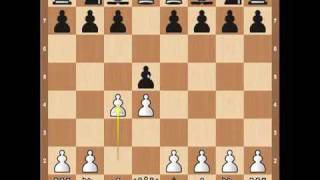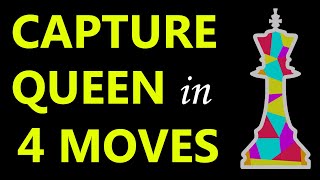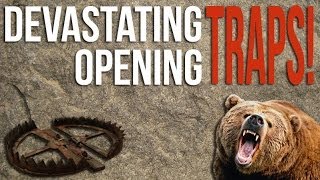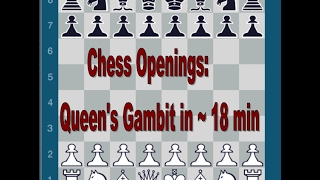Wednesday, 07 January, 2026г.
















Где искать: по сайтам Запорожской области, статьи, видео ролики
пример: покупка автомобиля в Запорожье
Strange Chess Openings 3
Strange chess openings
Part three
Learn from chess blitz, episode #7. I am going to choose openings outside of my repertoire. Should be interesting, come and play!
In chess, irregular opening is a traditional term for any opening considered unusual or unorthodox. In the early 19th century it was used for any opening not beginning with 1.e4 e5 (the Open Game) or 1.d4 d5 (the Closed Game). As opening theory has developed and openings formerly considered "irregular" have become standard, the term has been used less frequently
Because these openings are not popular with chess players, the standard opening references
While the term has frequently been used in chess literature, its meaning has never been precise and has varied between writers.
One of the earliest references to "irregular openings" in chess literature was made by William Lewis in his 1832 work Second Series of Lessons on the Game of Chess. Lewis classified openings under the headings "King's Bishop's Game" (1.e4 e5 2.Bc4), "King's Knight's Game" (1.e4 e5 2.Nf3), "Queen's Bishop's Pawn Game" (1.e4 e5 2.c3), "King's Gambit" (1.e4 e5 2.f4), "Queen's Gambit" (1.d4 d5 2.c4) and "Irregular Openings" (all other openings). Lewis comments that the irregular openings are "seldom played, because they are generally dull and uninteresting". Among the openings he analyzes under this heading are the French Defense and English Opening (both now considered standard), Bird's Opening and a few 1.d4 d5 lines without the Queen's Gambit. Lewis assigns no names to these openings
If you want to improve your chess, you can check my channel
Похожие видео
Мой аккаунт


 У вашего броузера проблема в совместимости с HTML5
У вашего броузера проблема в совместимости с HTML5


